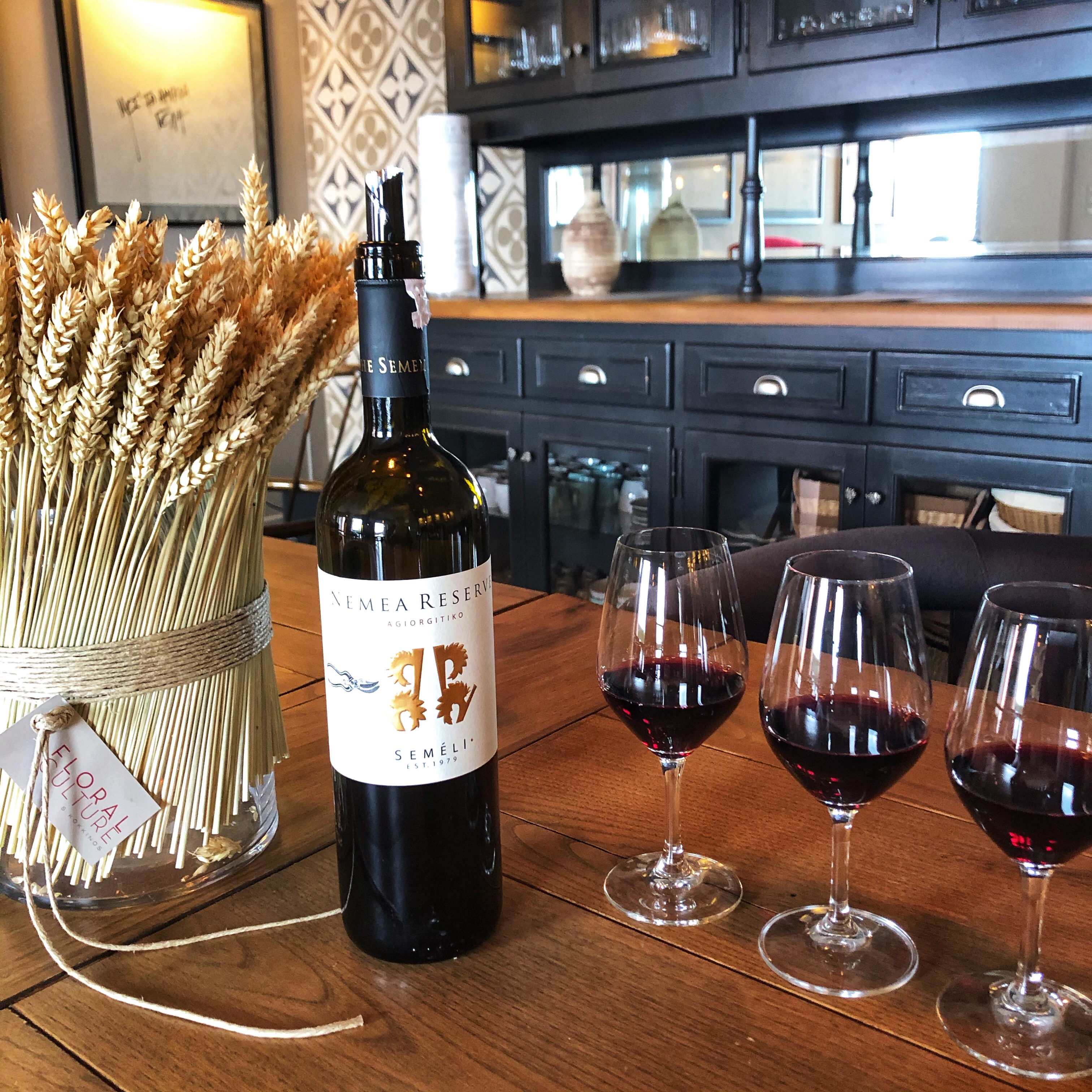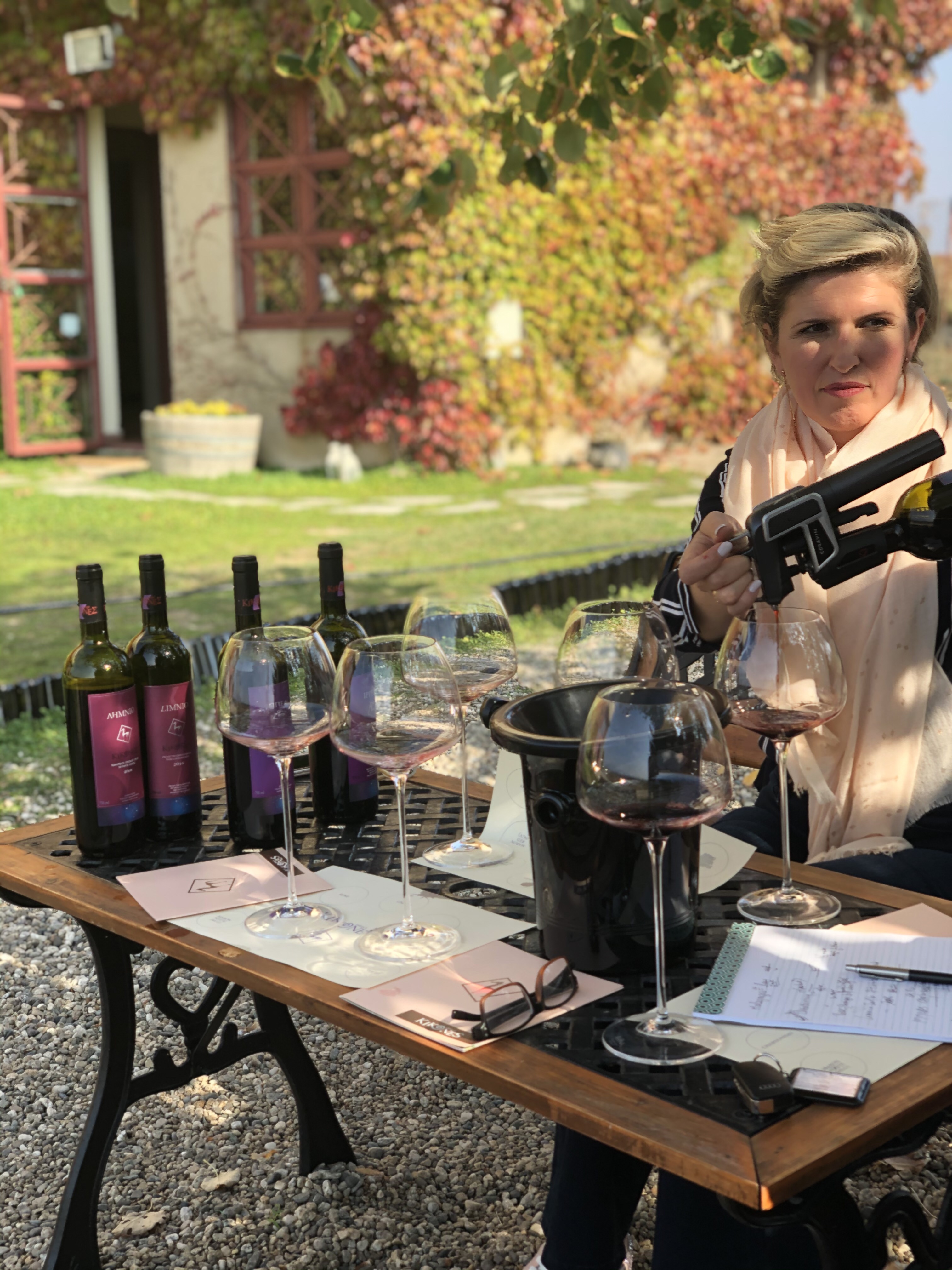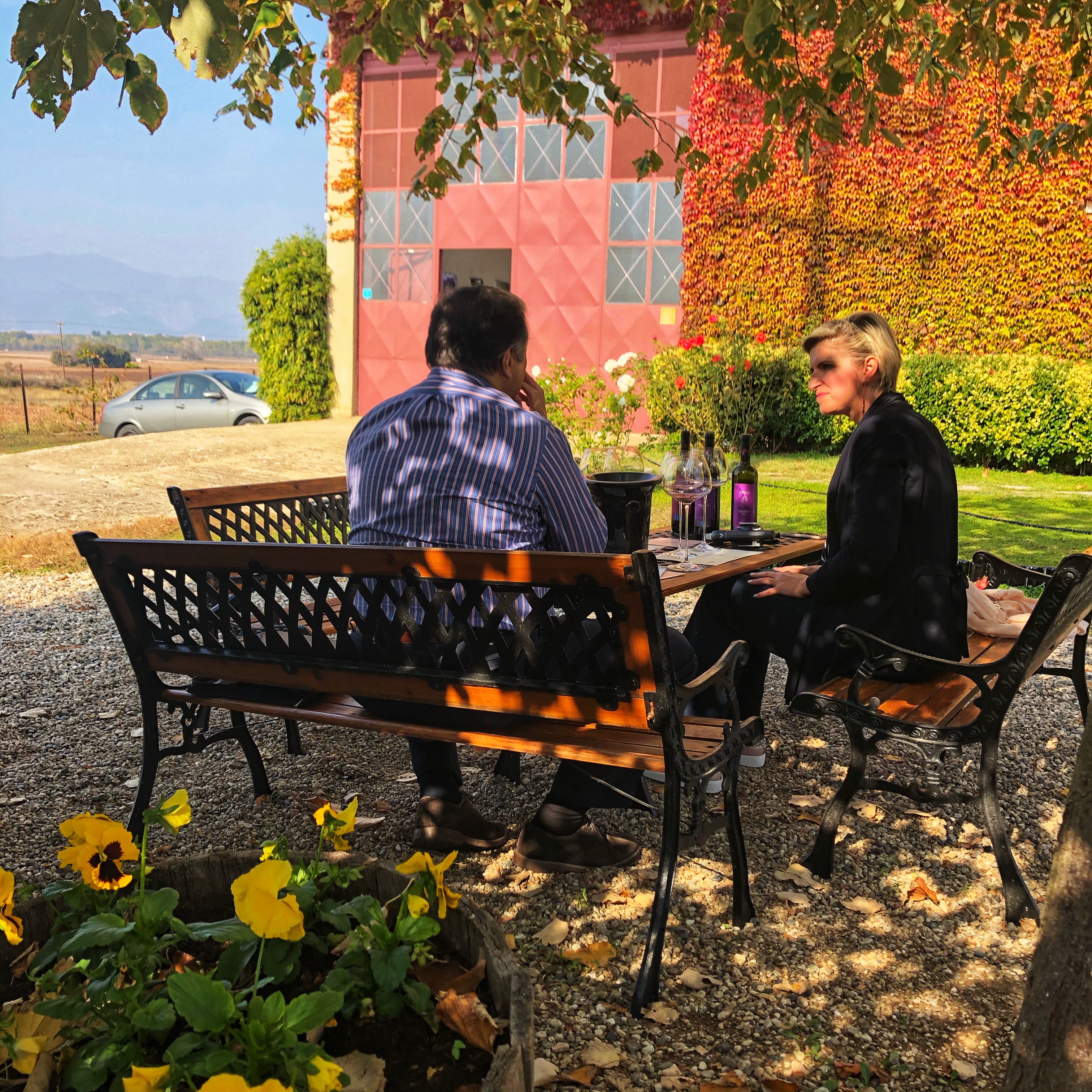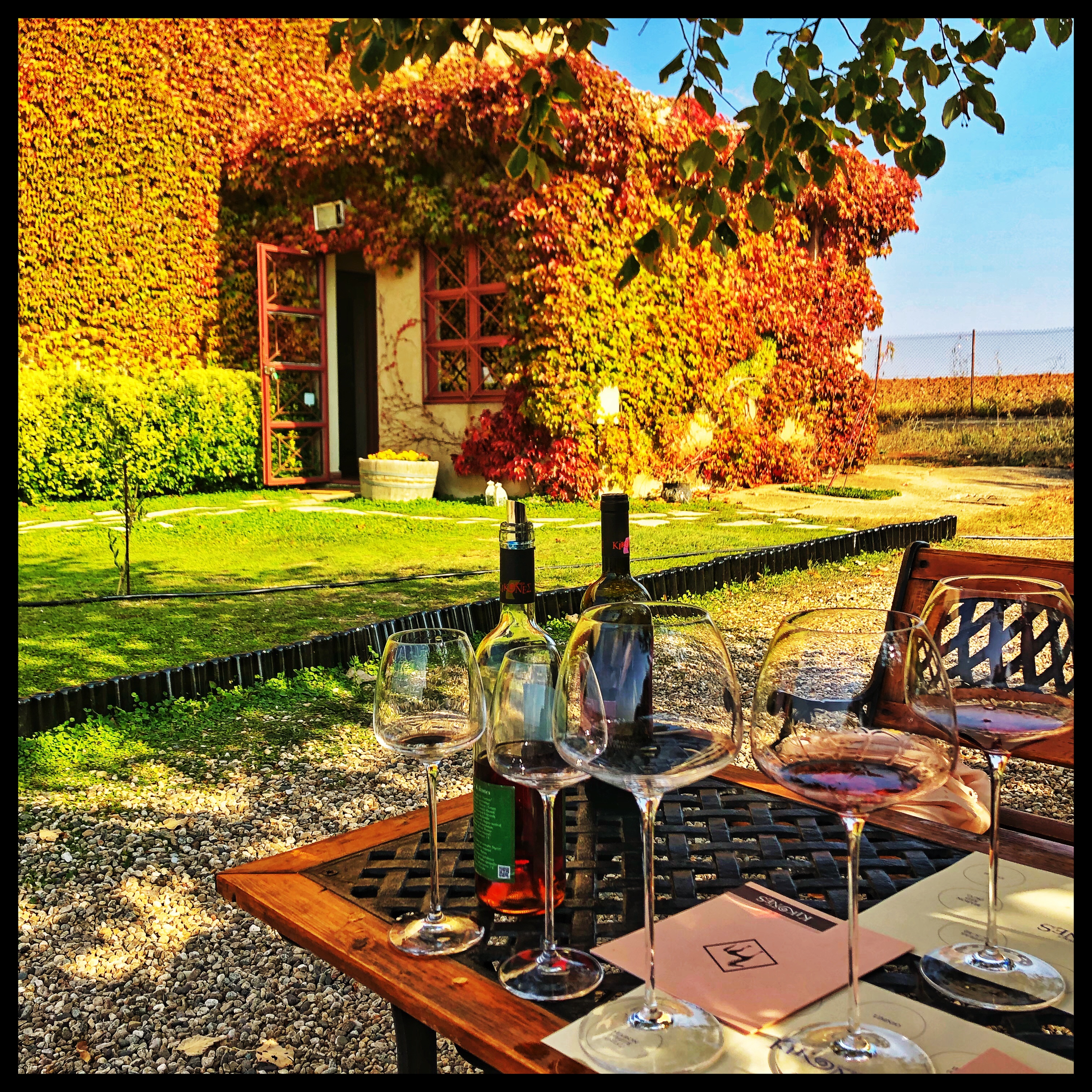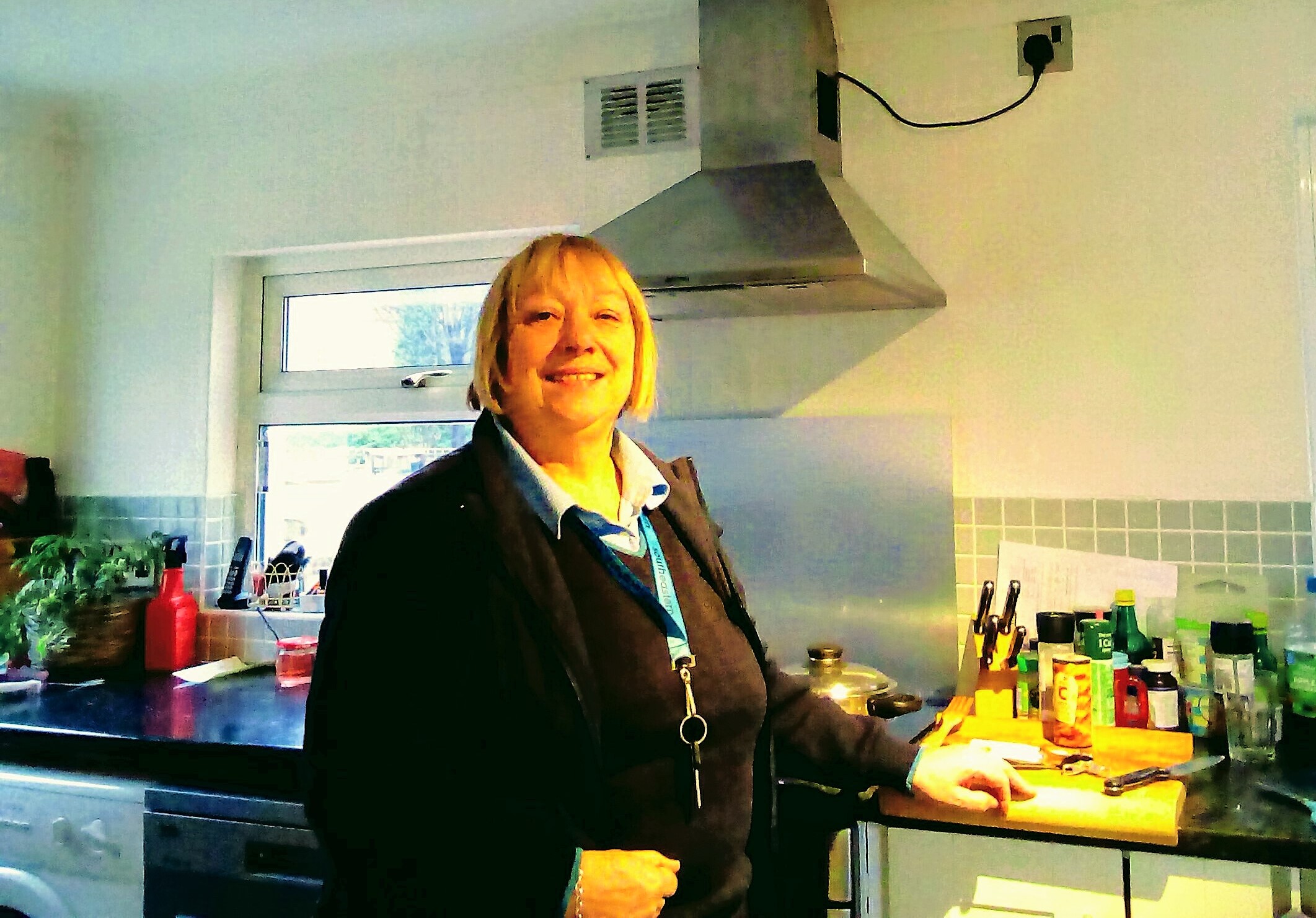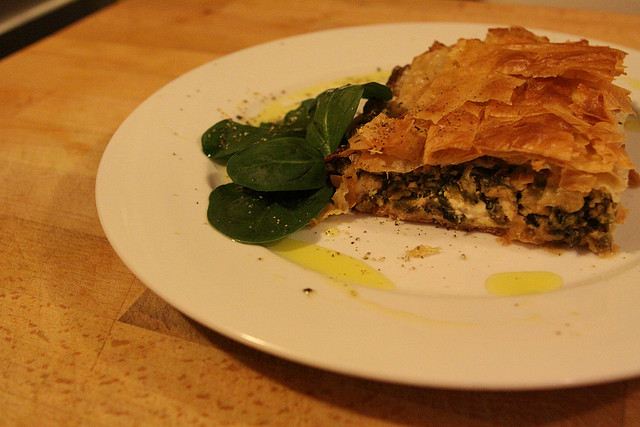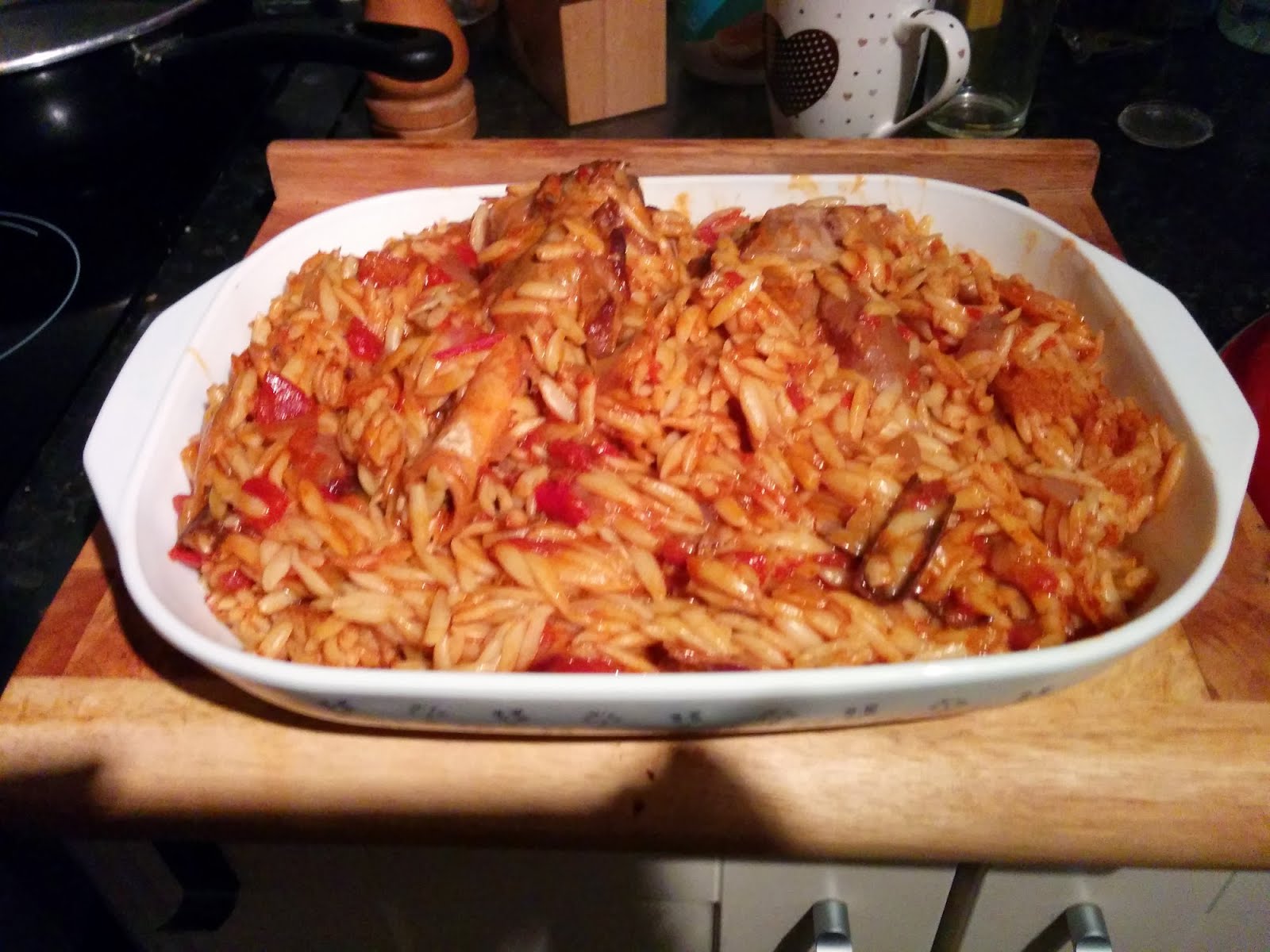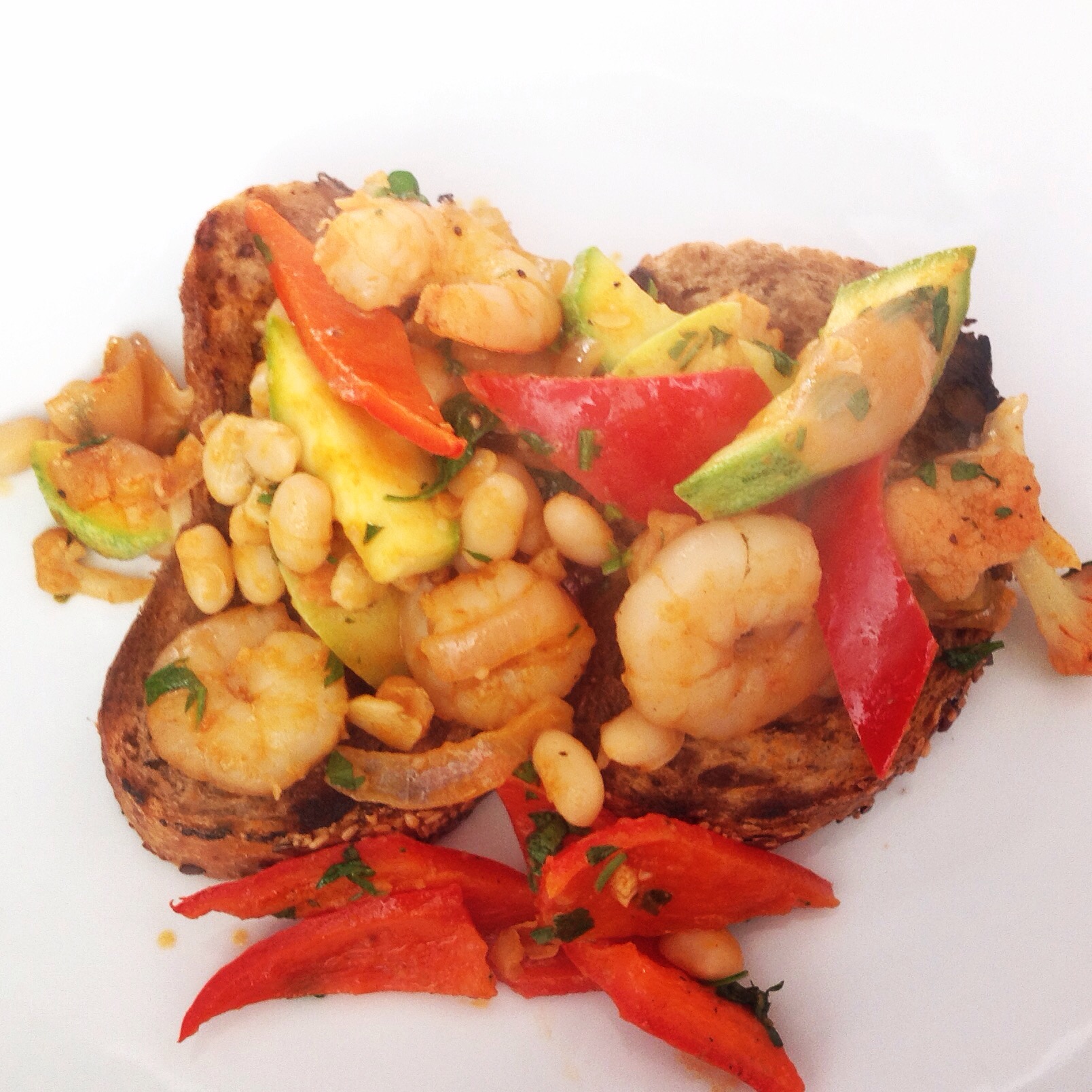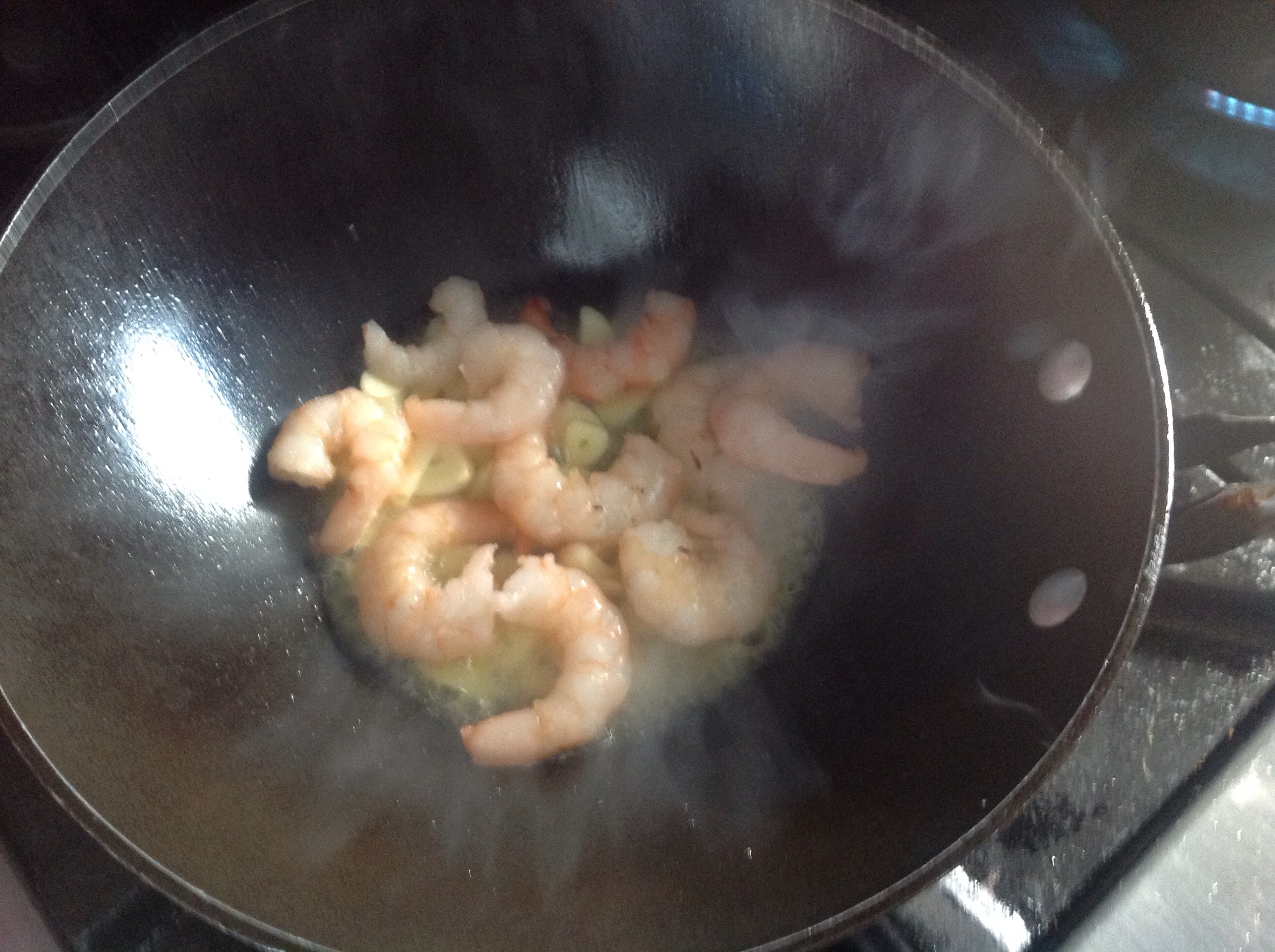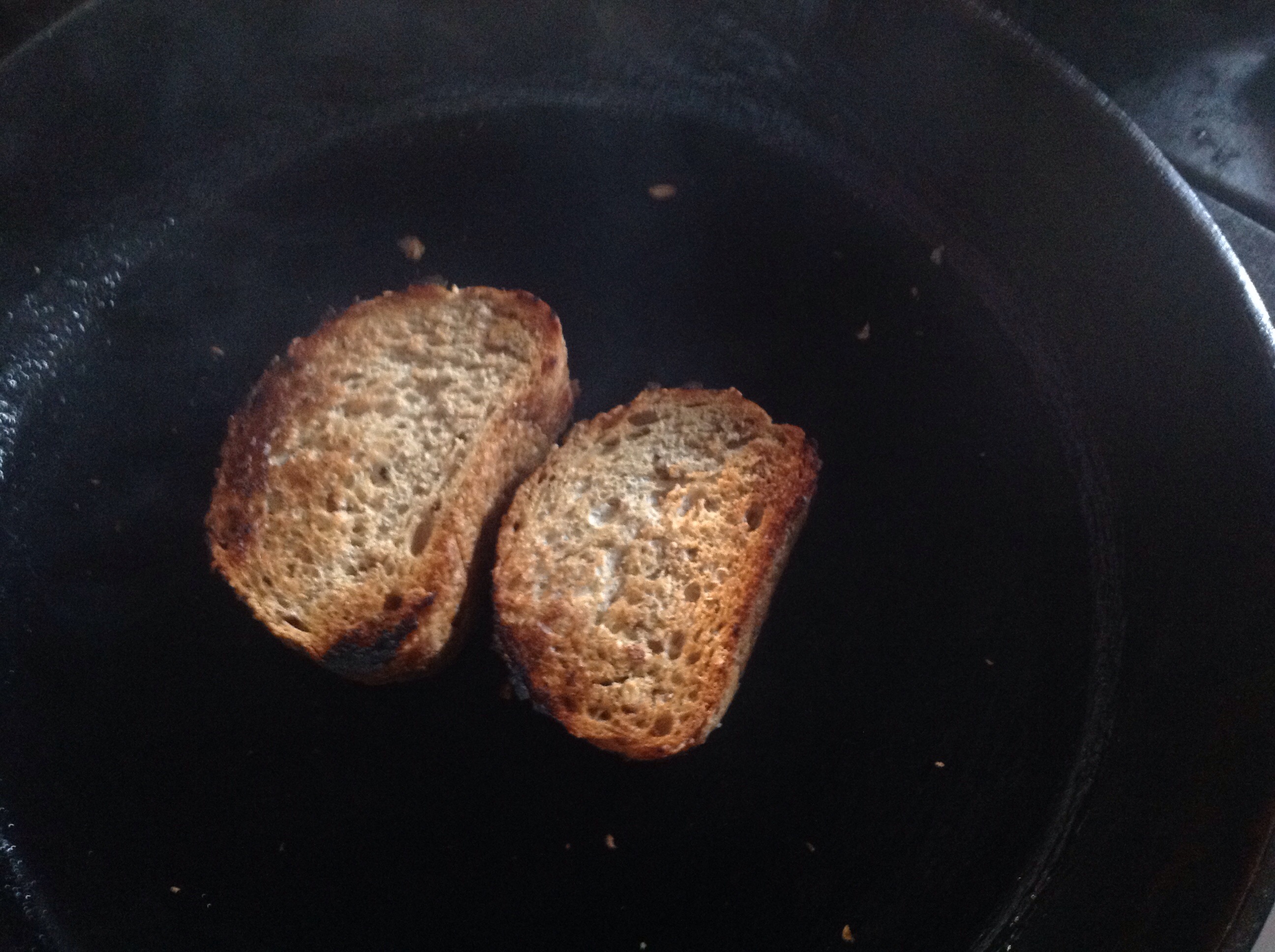Thank you Judy Hart for the spanish translation!!! 🙂

Moussaka es un guiso hecho con capas de berenjena, con carne picada y especiada y finalmente con una bechamel cremosa por encima, que es horneado a la perfección de oro. Esta versión es la interpretación tradicional que su tía abuela de Atenas le enseño a Teodora. Sin embargo, también se puede hacer capas de patatas, calabacín, ó las verduras que sea que prefieres. Es abundante y llena bastante para que no se necesiten mucho para acompañar. ¡A veces, Teodora usa lentejas en vez de carne picada para hacer un Moussaka vegetal!
A pesar de que puede llevar mucho tiempo para prepararse, creo que encontrarás que una vez hecho, es un esfuerzo que vale la pena.
Tiempo de preparación: 2 horas
Tiempo de cocción: 45 minutos
Tiempo total: 2 horas, 45 minutos
Ingredientes:
• 3-4 berenjenas de aprox. 4 libras. (2,2 libras al Kg.)
• 1 libra de patatas
• 1 1 / 2 lbs. carne picada de vaca (o de cordero)
• 2 cebollas grandes, finamente picada
• 2 dientes de ajo picados
• 1 / 2 taza de vino tinto
• 1 / 4 taza de perejil fresco picado
• 1 cdta. de canela en polvo
• 1 / 4 cdta. Especias mezcladas
• 1 cdta. de nuez moscada molida
• 1 taza de puré de tomate (o tomate triturado)
• 2 cdas. de pasta de tomate
• 1 cdta. azúcar
• Sal y pimienta al gusto
• 2 tazas de miga de pan normal
• 1 taza de queso Kefalotyri (como el queso parmesano)
• Salsa Bechamel:
• 1 taza de mantequilla salada (2 barras)
• 1 taza de harina
• 4 tazas de leche, caliente
• 8 yemas de huevo, ligeramente batido
• Una pizca de nuez moscada en polvo
Preparación:
Preparación de las verduras:
Usando un pelador fuerte, en parte pelar la berenjena, dejando tiras de piel de aproximadamente 1 pulgada de ancho alrededor de la berenjena. Cortar las berenjenas en rodajas de 1 / 2 pulgada. Coloque las rodajas de berenjena en un colador y salar liberalmente. Cubrirlas con un plato invertido de modo que el exceso de humedad se puede extraer. Dejarlas así por lo menos 15-20 minutos, preferentemente durante una hora. La sal también ayuda a eliminar algo la amargura de la berenjena.
Pelar las patatas y cortarlas en rodajas 1 / 4 pulgada. Se fríen hasta que estén blandas y doradas. Póngalas a un lado en de papel de cocina para secarlas y absorber todo el exceso de aceite.
Enjuagar las berenjenas y séquelas con papel de cocina. Freír las rodajas de berenjena en una freidora o sartén profunda, dándoles la vuelta una vez durante la cocción.
Cuando se termine de cocinar las berenjenas, colocarlas sobre papel de cocina también.
Precaliente el horno a 350 grados.

Hacer el relleno de carne:
En una sartén grande, dore la carne picada de vaca (o cordero) hasta que el color rosa desaparezca. Agregue la cebolla y sofría hasta que estén transparentes, aproximadamente 5 minutos. Añadir el ajo y cocine hasta que estén fragantes, aproximadamente 1 minuto.
Añadir vino a la sartén y deje que se cocine a fuego lento y reducir un poco antes de añadir canela, pimienta, el perejil, la pasta de tomate, tomate triturado, (y el azúcar si los tomates no se han madurado al sol). Deje la salsa a fuego lento sin tapar durante 15 minutos aproximadamente para que el exceso de líquido pueda evaporarse. Debe ser más gruesa y un poco seca, salsa de tomate. Sazone al gusto con sal y pimienta.
Hacer la salsa bechamel:
Derrita la mantequilla a fuego lento. Usando una batidora, añadir la harina a la mantequilla derretida batiendo constantemente hasta formar una pasta suave. Deje que la harina cuece por un minuto, pero no deja que se dore.
Añadir la leche calienta a la mezcla en un flujo constante, batiendo continuamente. Cocer a fuego lento hasta que espese un poco, pero no la deje hervir.
Retire del fuego y añadir la yema de huevo batido y una pizca de nuez moscada. Volver al fuego y revolver hasta que espese pero no demasiado.
Montar la Moussaka:
Engrase ligeramente una bandeja para hornear profunda (como para hacer lasaña). Espolvoree el fondo del molde con el pan rallado. Dejando un espacio de 1 / 4 de pulgada en los bordes de la cacerola, colocar una capa de patatas en el fondo. Cubra con una capa de rodajas de berenjena.
Añada la salsa de carne en la parte superior de la capa de berenjenas y espolvorear con 1 / 4 de queso rallado y espolvorear un poco de nuez moscada. Cubrir con otra capa de rebanadas de berenjena y espolvorear de nuevo con 1 / 4 de queso rallado. Repite con otra capa de la salsa de carne, berenjenas, queso rallado y la nuez moscada.
Vierta la salsa bechamel sobre la berenjena y asegúrate de dejar que la salsa cubre los lados y esquinas de la cacerola. Alise la bechamel por encima con una espátula y espolvorear con el queso rallado restante. Hornear en un horno a 350 grados durante 45 minutos o hasta que la salsa bechamel es un bonito color dorado. Dejar enfriar durante 15 a 20 minutos antes de cortar y servir.
Usted puede hacer este plato con adelanto hasta la salsa bechamel y refrigere. Hacer la salsa bechamel justo antes de hornear.
Sirva con una ensalada griega y / o pan… ¡disfrutar!

